Available: Mon - Fri 8am - 7pm PST & Sat 8am - 1pm PST
Rum
What Is Rum?
Rum is a distilled spirit made from sugarcane derivatives, typically molasses or straight sugarcane juice. When fermented, sugars into alcohol, then distillation concentrates and refines the spirit. Some rums are bottled clear after brief aging and filtration while others sit for years in oak barrels and pick up color and wood flavors.
Unlike many spirits with strict rules, rum's styles vary by region and maker, so labels can mean different things depending on origin. Basic facts to keep in mind are that most rums are bottled around 40% ABV, aging adds color and oak notes, distillation method (pot vs column still) affects body and flavor, and many rums are blended to achieve a consistent taste.
Types of Rum
Below are the common categories you'll see on shelves, what they mean, and when to use them. Each label can overlap with another, but focus on flavor and use rather than strict naming schemes.
Aged Rum
Aged rum spends years in oak barrels, which gives it vanilla and toasted oak notes and makes it good for sipping neat.
Añejo Rum
Añejo rum is aged longer than standard bottlings, offering deeper oak, dried fruit, and a fuller mouthfeel.
Blended Rum
Blended rum combines spirits from different stills, ages, or islands to create a balanced, consistent house flavor for mixing.
Dark Rum
Dark rum gets its color and weight from longer aging or molasses and delivers rich toffee, molasses, and spice flavors.
Flavored Rum
Flavored rum is infused with fruit, coconut, or other essences, and it's designed for simple, sweet cocktails.
Gold Rum
Gold rum shows light aging or added color and brings mild caramel and oak notes while remaining versatile for cocktails.
Jamaican Rum
Jamaican rum is often pot‑still made and shows bold, funky ester-driven fruit and tropical notes that stand out in cocktails.
Silver Rum
Silver rum is clear and clean, with fresh sugarcane and citrus lift that makes it ideal for Mojitos and Daiquiris.
Spiced Rum
Spiced rum is blended with warming spices like cinnamon and clove, making it a go‑to for simple mixed drinks and seasonal serves.
Notable Brands for Rum
-
Appleton Estate - Jamaican house style with rich, fruity, pot‑still character.
-
Bacardi - Versatile white and gold rums for cocktails and everyday mixing.
-
Mount Gay - Classic Barbados style; bright and slightly toasted, great for sipping and tiki drinks.
-
Diplomatico - Venezuelan rum famous for viscous, caramel-driven sipping rums.
-
El Dorado - Guyanese rums with bold molasses and dark-fruit notes; good for rich cocktails and sipping.
-
Plantation Rum - Range of single‑island and finished rums - great for experiments and craft cocktails.
-
Ron Zacapa - Premium aged Guatemalan rum known for rich, sweet, dessert‑like depth.
Flavor Profiles & Tasting Notes
-
Sweet & Caramelized - Think molasses, brown sugar, toffee and caramel. Works well in rum & cola, dessert cocktails, or neat for a sweeter sip.
-
Fruity & Tropical - Notes of banana, pineapple, mango, and ripe tropical fruit. Bright in tiki drinks and fruity punches.
-
Spicy & Warm - Cinnamon, clove, nutmeg and baking spice from aging or infusion. Great in warm or seasonal cocktails and with ginger beer.
-
Rich & Oaky - Deep vanilla, toasted oak, dark dried fruit and leather - typical of long‑aged bottlings. Best neat, with a single ice cube, or in stirred cocktails.
-
Smooth & Light - Clean sugarcane, mild citrus and low oak; very mixable and refreshing. Ideal for Mojitos, Daiquiris, and highballs.
Frequently Asked Questions
What's the difference between white, gold and dark rum?
To make it easy for you to understand, here's a quick rundown!
-
White - Light and often filtered
-
Gold - Light aging or color added
-
Dark - Older or more heavily flavored and richer.
Is rum for neat sipping only? Or can I mix with it?
You can enjoy rum both ways! Even the rough and rowdy pirates were known to mix their rum with a little water, lime, sugar, and spices to make a drink called "grog". If the pirates can do it, so can you. Yo ho ho and a bottle of rum…
If that's the case, what rum should I buy for cocktails?
Perhaps a clean silver or light gold rum covers most cocktails. Bacardi, Mount Gay Eclipse, or Plantation 3 Stars are safe starts.
Work with your budget. Expensive bottles aren't a must to taste good. Bigger brands are that for good reason sometimes. Let them prove their worth.
Is there a proper way to store rum?
Absolutely. Keep bottles upright in a cool, dark place. Even opened bottles do tend to last long because of its high alcohol content. Just make sure to seal the bottle tightly.
When your bottle's almost empty, consider transferring the remaining rum in a smaller bottle. Air exposure can affect your rum.


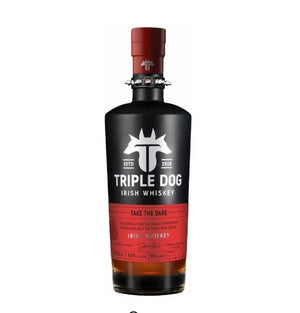
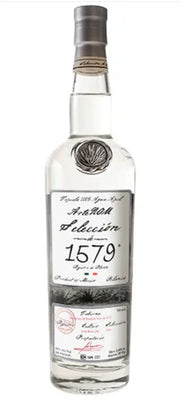
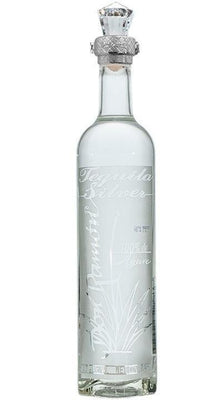
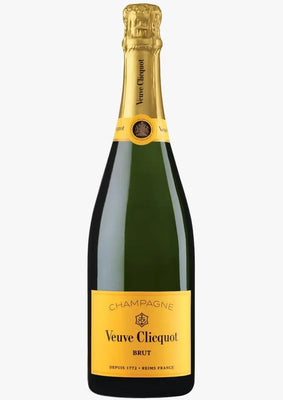
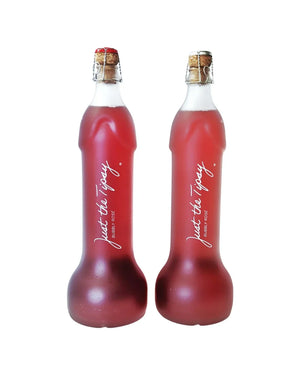
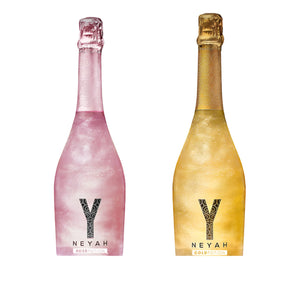
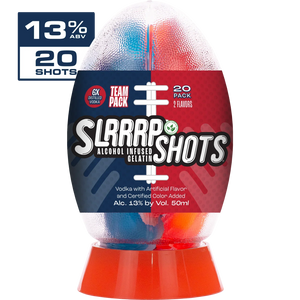
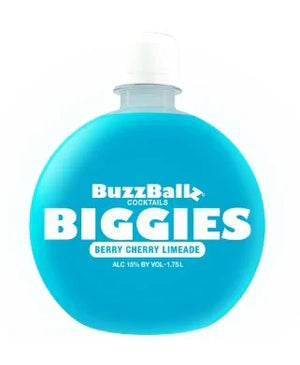
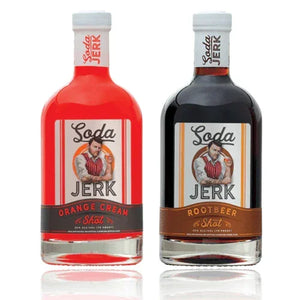
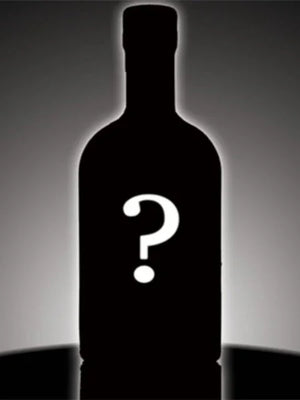
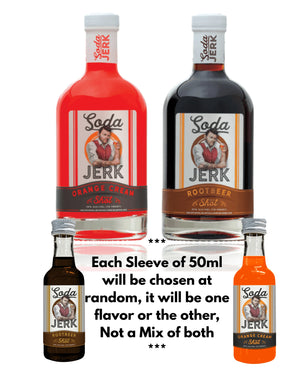
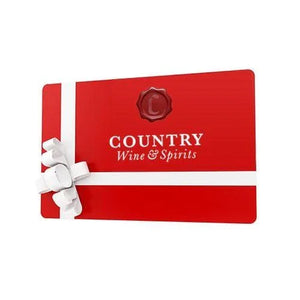
























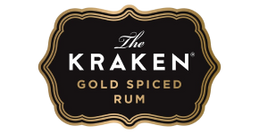

 Get Vault Pricing
Get Vault Pricing




















